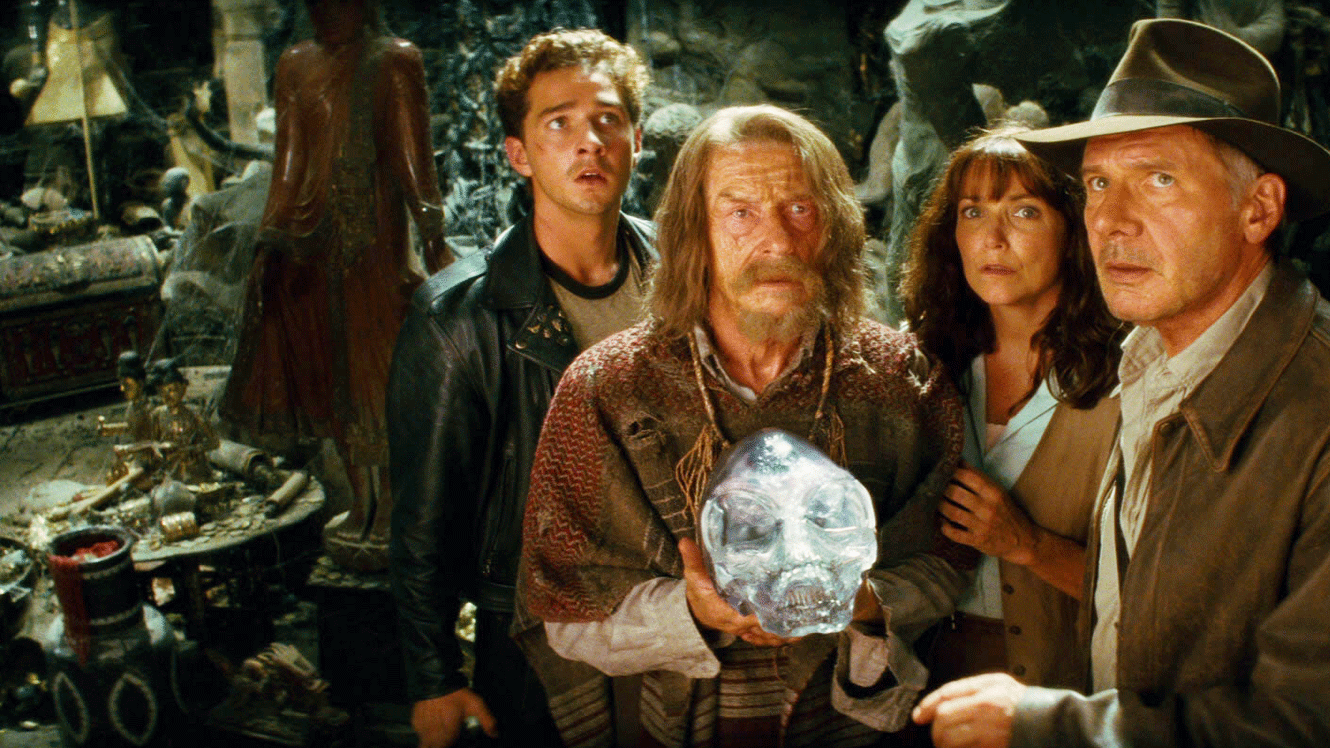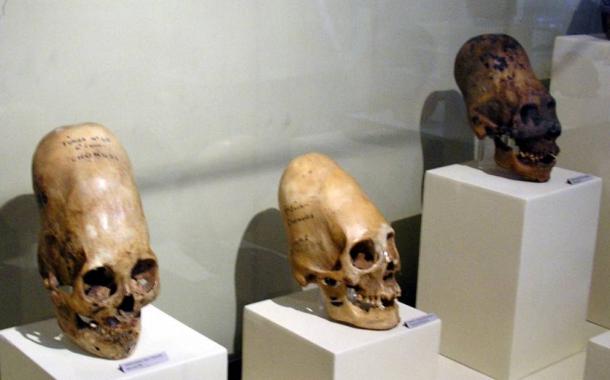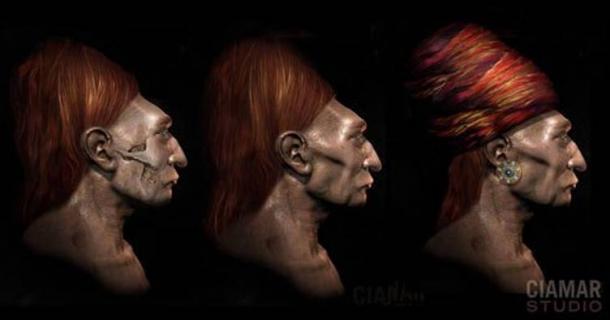
Posted on 07/24/2016 10:56:51 AM PDT by Fractal Trader
The elongated skulls of Paracas in Peru caused a stir in 2014 when a geneticist that carried out preliminary DNA testing reported that they have mitochondrial DNA “with mutations unknown in any human, primate, or animal known so far”. Now a second round of DNA testing has been completed and the results are just as controversial – the skulls tested, which date back as far as 2,000 years, were shown to have European and Middle Eastern Origin. These surprising results change the known history about how the Americas were populated.
Paracas is a desert peninsula located within Pisco Province on the south coast of Peru. It is here where Peruvian archaeologist, Julio Tello, made an amazing discovery in 1928 – a massive and elaborate graveyard containing tombs filled with the remains of individuals with the largest elongated skulls found anywhere in the world. These have come to be known as the ‘ Paracas skulls ’. In total, Tello found more than 300 of these elongated skulls, some of which date back around 3,000 years.
It is well-known that most cases of skull elongation are the result of cranial deformation, head flattening, or head binding, in which the skull is intentionally deformed by applying force over a long period of time. It is usually achieved by binding the head between two pieces of wood, or binding in cloth. However, while cranial deformation changes the shape of the skull, it does not alter other features that are characteristic of a regular human skull.
(Excerpt) Read more at ancient-origins.net ...
ping
Yes, but does it really explain my innate desire for Chicken and Waffles?
Nephilim DNA?
Aliens, for sure.
I used to have some friends over in East Texas and Louisiana that had elongated skulls....
I knew it; the Arabs created everything!
huh? South America populated by white Europeans first and then the big bad Incas ethnically cleansed them. Dang, that wrecks all the politically correct storylines. Time to reclaim our heritage!!
[I used to have some friends over in East Texas and Louisiana that had elongated skulls....]
I once had a friend who was so narrow-minded that he could look through a fuel line with both eyes.

WTH?! I thought it was “settled science”.
John Kerry's ancestors?

In some of the Mayan ruins you can see sculpted faces that look like white guys with full beards.
There was a lot more going on in pre-history than the archaeologists and anthropologists with their conventional biases are prepared to consider.
SNL Conehead tryouts.
This is why I have problems with anti-Christian evolution theories.
More specifically, so-called evolution “scientists” somehow got a license to revise evolution “laws” every time the dog digs up something unexpected in the backyard.
Remulakians.
OMG! Coneheads are real. Does Dan Akroyd know?
How in the world does such a thing get started in a society?
“Hey! I’ve got an idea, Hon! Let’s bind up little baby Auqui Amaru Tupa’s head between these two planks for three or four years. Maybe we can start a new fad.”
There is a disease known as craniosynostosis, which results in the fusing together of the two parietal plates, however, Marzulli said there is no evidence of this disease in the Paracas skulls.
"Marzulli explained that an archaeologist has written a paper about his study of the position of the foramen magnum in over 1000 skulls. "He states that the Paracas skulls, the position of the foramen magnum is completely different than a normal human being, it is also smaller, which lends itself to our theory that this is not cradle headboarding, this is genetic."
In addition, Marzulli described how some of the Paracas skulls have a very pronounced zygomatic arch (cheek bone), different eye sockets and no sagittal suture, which is a connective tissue joint between the two parietal bones of the skull.
"From the samples, only the mitochondrial DNA (DNA from the mother’s side) could be extracted. Out of four hair samples, one of them couldn’t be sequences. The remaining three hair samples all showed a Haplogroup (genetic population group) of H2A, which is found most frequently in Eastern Europe, and at a low frequency in Western Europe. The bone powder from the most elongated skull tested came back as T2B, which originates in Mesopotamia and what is now Syria, essentially the heart of the fertile crescent. "It rewrites history as we know it," said Marzulli."
Disclaimer: Opinions posted on Free Republic are those of the individual posters and do not necessarily represent the opinion of Free Republic or its management. All materials posted herein are protected by copyright law and the exemption for fair use of copyrighted works.